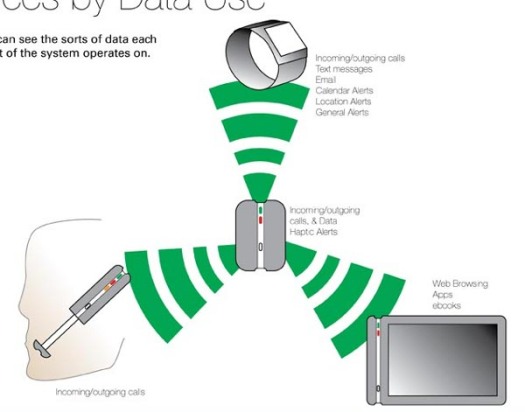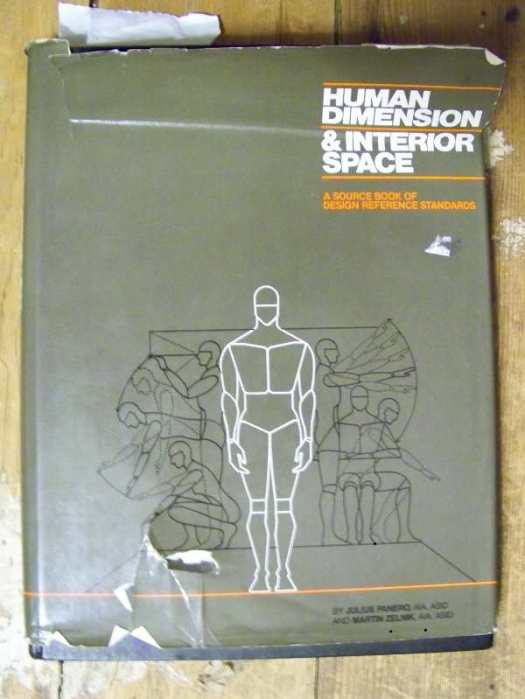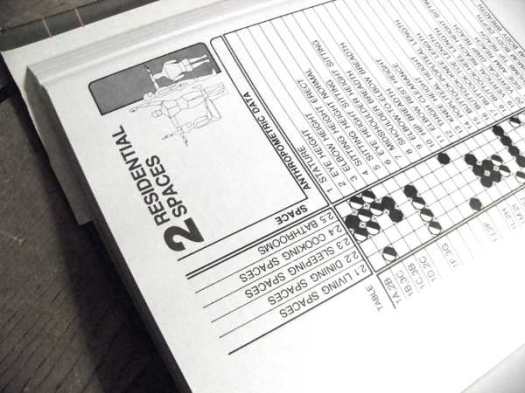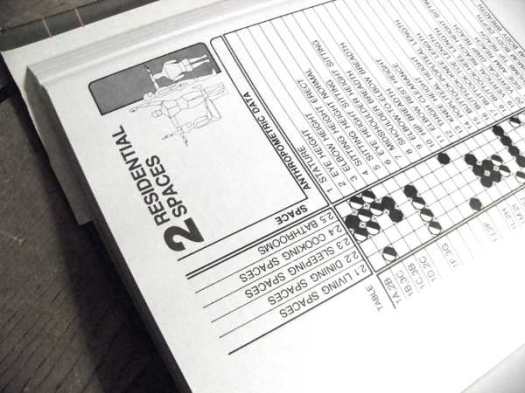
Smart watches are all the rage right now. Every self-respecting consumer electronics company needs to have one. Apple’s been feeling that pressure for quite some time, certainly from pundits and fans and probably even from shareholders. The problem is that there hasn’t really been a compelling reason for owning one beyond health apps and perhaps just looking cool (if you can look cool with a giant light-square on your wrist). Apple knows this, but they also know that they shouldn’t release something without having the killer application that makes a consumer feel as if they can’t live without it. Sure, they’d see fanboy buys and some holidays purchases, but there’d be no sustain for it. So, what can Apple do? Release a product without a market or not release a product that makes them look deficient in comparison to rivals? They chose the latter.
One could infer from the sorts of hiring done by Apple recently that perhaps they don’t have a clear direction at Cupertino for this product. This also dovetails with the lack of intellectual property filed on its behalf. I would think the game plan was to wait it out until the watch’s true necessity presented itself and rally the troops then, much like they did with the mp3 player, tablet and mobile phones. Unfortunately, other firms haven’t been waiting, they’re launching and hoping the platform will summon the devices’ utility.

When pebble came out, they knew there’s a diaspora of possibilities for such a device and elected to launch with a simple, open device. Samsung is known for throwing everything at the market and then iterating on the ones that get a little traction. Asus may have actually made a smart phone stylish. Strangely enough, in perhaps Google’s only hardware win, their watch shows a sort of approachable genius that comes from attentive human-centered design. Into this market, Apple drops off their watch.
Apple’s products have always been about giving a refined solution, so the idea of belching out technology and hoping a random coder will find the device’s purpose goes against the fabric of the company. Apple is supposed to have the answers, and polished ones, at that. They don’t have to fumble about the market for help. Maybe that was because Steve had the answers – but more probably, he knew to take the heat until the time and the device was ready.
Steve is gone now and Apple launches a watch. It has iOS on it and one of the big sell points is health tracking. It has a skeuomorphic dial on the side and vaguely looks like every other smart watch on the market from about a year ago. I’m sure there’ll be a robust spec sheet and easy compatibility with an iPhone and the applications on it, but it just feels… pushed.
Lately, there’s been a few articles suggesting shoppers wait for the next iteration of the Apple Watch. Some cite the inevitable issues with launching a new product, like software bugs. The question that needs to be asked is are these legitimate thoughts about the growing pains of a first manufacturing run, or a polite way of saying the Apple Watch (and to be fair smart watches in general) just hasn’t created a compelling product vision that makes having one indispensable as other Apple products?




















